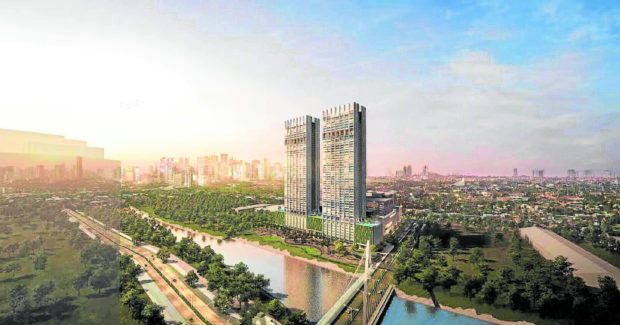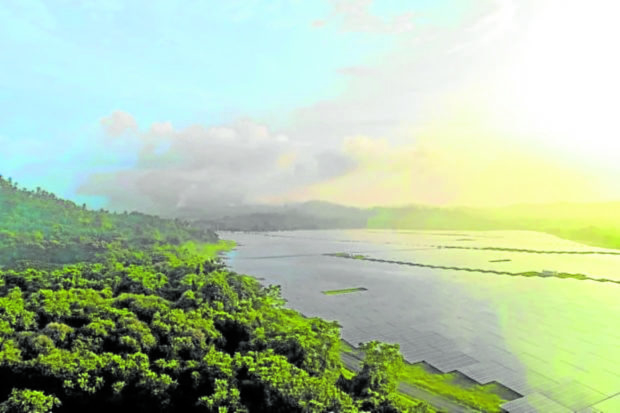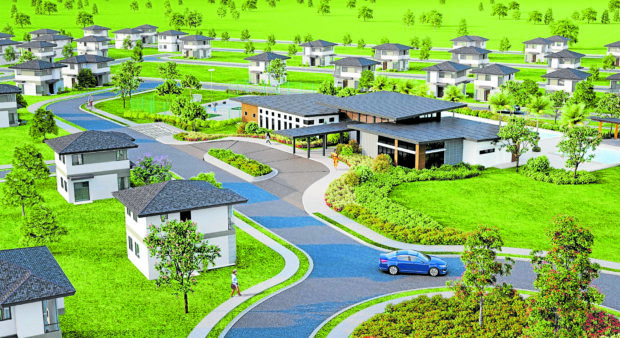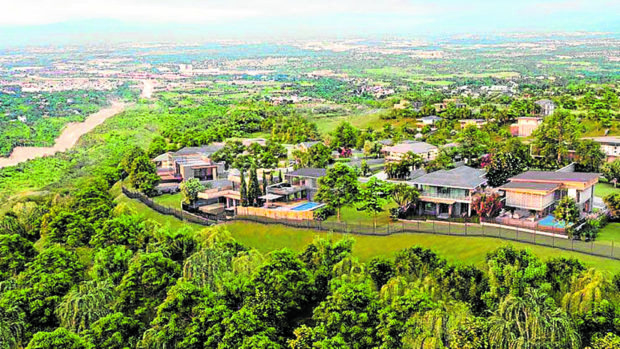Champion of sustainability: ALI charting a path to ‘zero’
In 2018, the United Nations Intergovernmental Panel on Climate Change (UNIPCC) stated that to avoid a climate catastrophe, global greenhouse gas emissions must be halved by 2030 and at net zero by 2050.
It has been seven years since the Paris agreement at COP (Conference of the Parties) 21 and the climate change deadline is just seven years away. The general view is that the world is not on track and the window for doing something is fast closing.
Rapid transformation required
While the climate crisis is global in nature, its impact on different parts of the world is uneven. Western countries that have been largely responsible for accumulated emissions also bear a big responsibility in addressing the current global crisis.
As international leaders renew their pledges to decarbonize (reduction of carbon dioxide that is primarily responsible for global warming or the rise in earth’s average temperature), the fate of developing countries like the Philippines, which are most vulnerable to climate change, hangs in the balance.
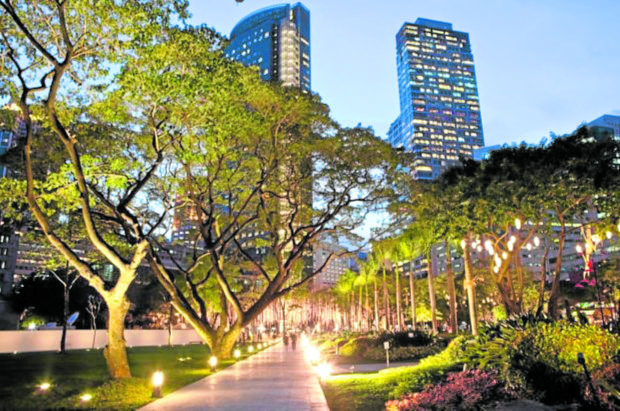
The Ayala Triangle Gardens serves as an oasis of greens at the heart of the country’s premier central business district.
These countries need to spend more to improve resilience and reconstruction but have to face higher borrowing costs to raise funds, according to Kristalina Georgieva, managing director of the International Monetary Fund.
Shift to low carbon economy
Developing countries face a difficult choice between the seemingly opposing goals of economic growth and reducing carbon emissions. The shift to a low-carbon economy requires reduced material consumption and curbing reliance on fossil fuels—a hard ask for countries trying to increase economic output, create more employment and eradicate poverty.
Since material and energy use rises with income, resource consumption levels—along with their consequent environmental impacts—could surge as developing countries prosper and urbanize.
Societies face multiple concurrent issues of resource scarcity, climate change, economic crises, conflict, bio-habitat depletion—in other words, the threat of overall societal collapse. Unless, of course, something radical is done quickly.
A path to zero
The challenge is decoupling economic growth and resource and energy consumption. This daunting task will require creating economies that greatly reduce resource use by re-circulating most materials and relying largely on renewable energy. It requires a concerted transformation at micro and macro scales of practically all elements of society, from government policy to business enterprise.
But are growth and sustainability incompatible? How does a path to zero carbon look?
Ayala Land offers an example of the process of transformation, as explained by Anna Gonzalez, head of sustainability.
“Ayala Land started its sustainability journey 14 years ago by looking beyond financial metrics to measure success. For the company to know where it needed to go to be a positive contributor to the environment and society, it needs to continually keep track and analyze so-called ESG (environment social governance) metrics.
“We used these metrics and identified four sustainability focus areas—site resilience, pedestrian mobility and transit connectivity, resource efficiency, and local economic development. Ayala Land projects are planned, constructed and operated using these guidelines to address sustainability risks and opportunities in the real estate sector.
“As our contribution to climate action, Ayala Land targeted carbon neutrality for its commercial properties and is on track to achieve it in 2022 by increasing efficiency and shifting 90 percent of GLA to renewable energy. It has also transformed 586 ha of its landbank to carbon sinks or forests to offset emissions that remain after all these efforts.
“(The company) is now seeking to achieve carbon neutrality for the entire ALI group by 2030 and net zero emissions by 2050. It has also been developing a path towards a circular economy, aiming to achieve zero waste to landfill through its circular waste management program.
“Even before the pandemic, Ayala Land was already collecting plastic waste from its projects and worked with suppliers to transform it into new construction materials. To date, Ayala Land has diverted 231 tons of plastic waste from the landfill and used up 223 tons in its construction projects,” Gonzales said.
Bold start
The effort illustrates how clear objectives and targets can allow measured and purposeful actions to achieve both economic and sustainability goals. It is a bold start.
As companies decarbonize, abstract sustainability metrics will need to be translated into tangible accomplishments that are felt by ordinary people. The ideal would be to achieve net zero primarily on-site with minimal off-site purchase of renewables and carbon offsets.
The transformation of society should ultimately result in sustainable urban environments with energy-, waste- and water-efficient buildings, green infrastructure, reduced pollution and urban heat island, improved mobility and accessibility, equitable access to goods and services, and climate security—in other words, an overall improvement in the well-being of all citizens.
Redefining sustainability
The urgency of addressing climate change requires a redefinition of sustainability that goes beyond doing less harm. It should now include restoration and regeneration and would require a revamping of economic systems to shrink people’s ecological footprint without compromising economic output or equitable access to opportunity for those who need it most.
The ultimate outcome should be a transformation of behaviors through the creation of environments that encourage sustainable and equitable lifestyles. This is an audacious but necessary goal, one that has to be attained in the span of one generation.
We should not simply be motivated by the consequences of failure, but rather be inspired by what is possible. If through our journey to zero we can create more livable human settlements that are in harmony with natural systems and that enable dignified lives for all, then 2050 is worth looking forward to.
The author is founder and principal of JLPD, a master planning and design consultancy practice
